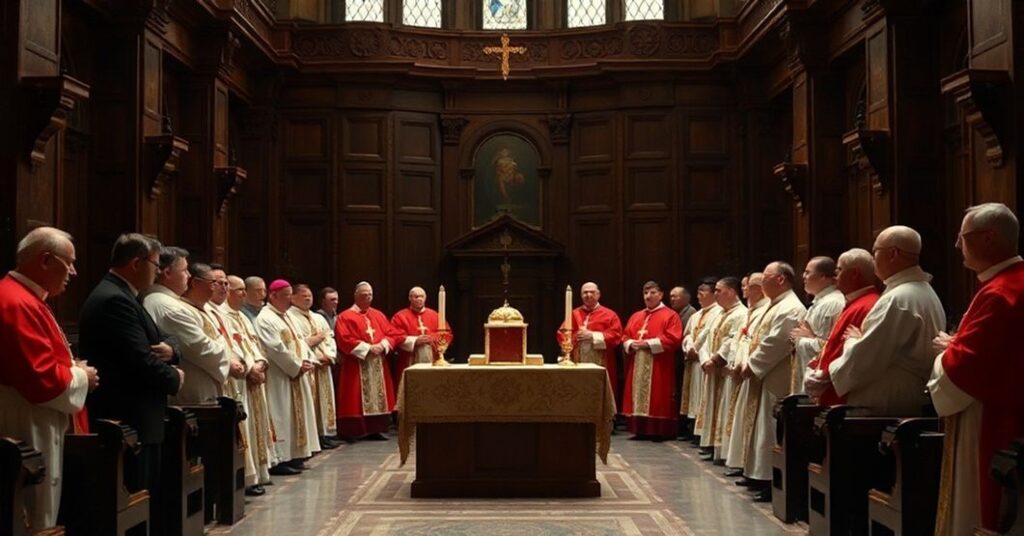Divini Pastoris (1958.11.12)
This brief Latin text, issued as motu proprio “Divini Pastoris” by John XXIII on 12 November 1958, grants to specific prelates and clerics who served in the recent conclave: (1) the privilege of a portable altar according to canon 822 §3 of the 1917 Code of Canon Law, with some restrictions; and (2) a one-time free reception of apostolic letters and provisions for any benefices granted to them. The entire document is framed as an act of paternal benevolence toward conclave officials and attendants, rewarding their service with spiritual and legal favors.










